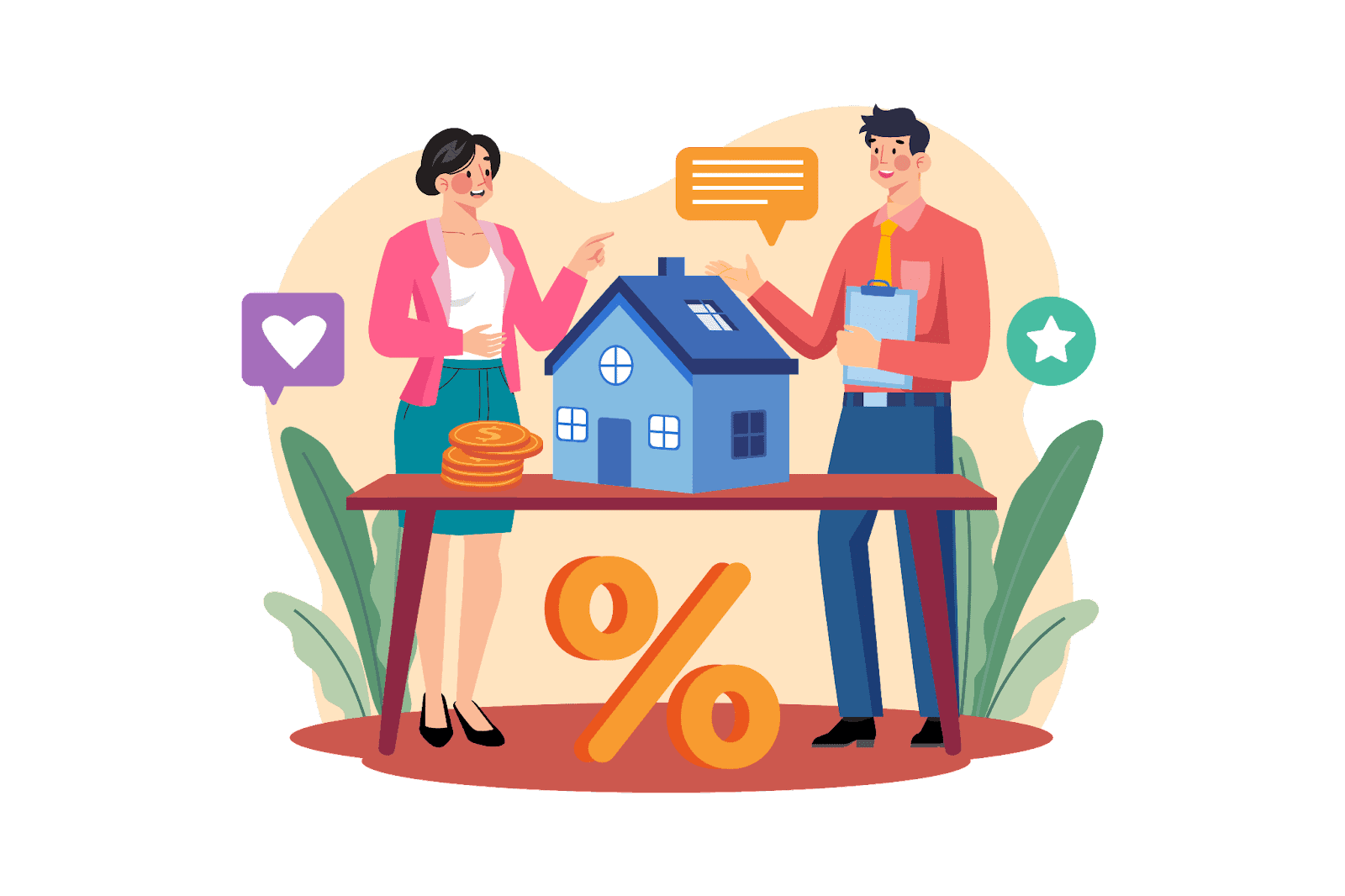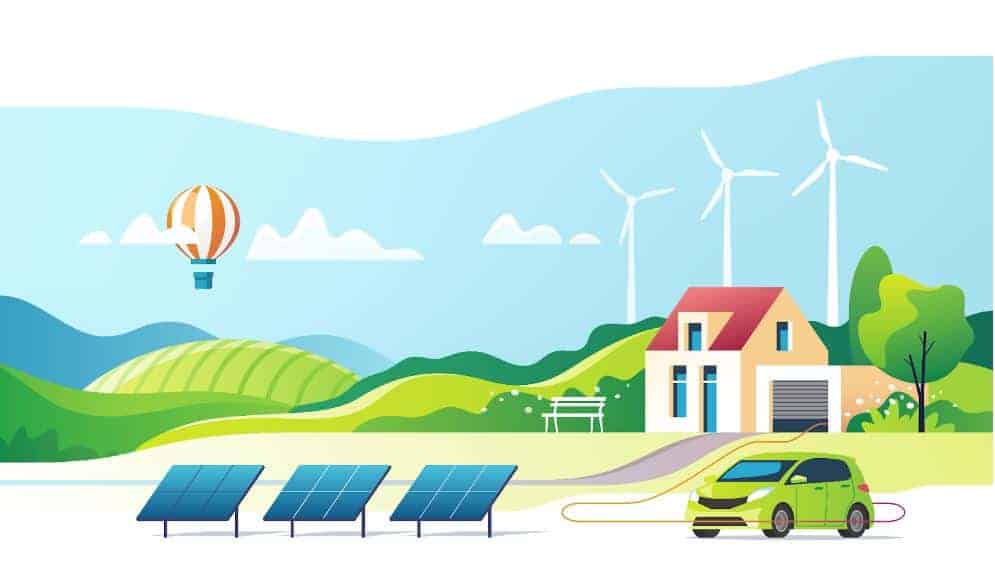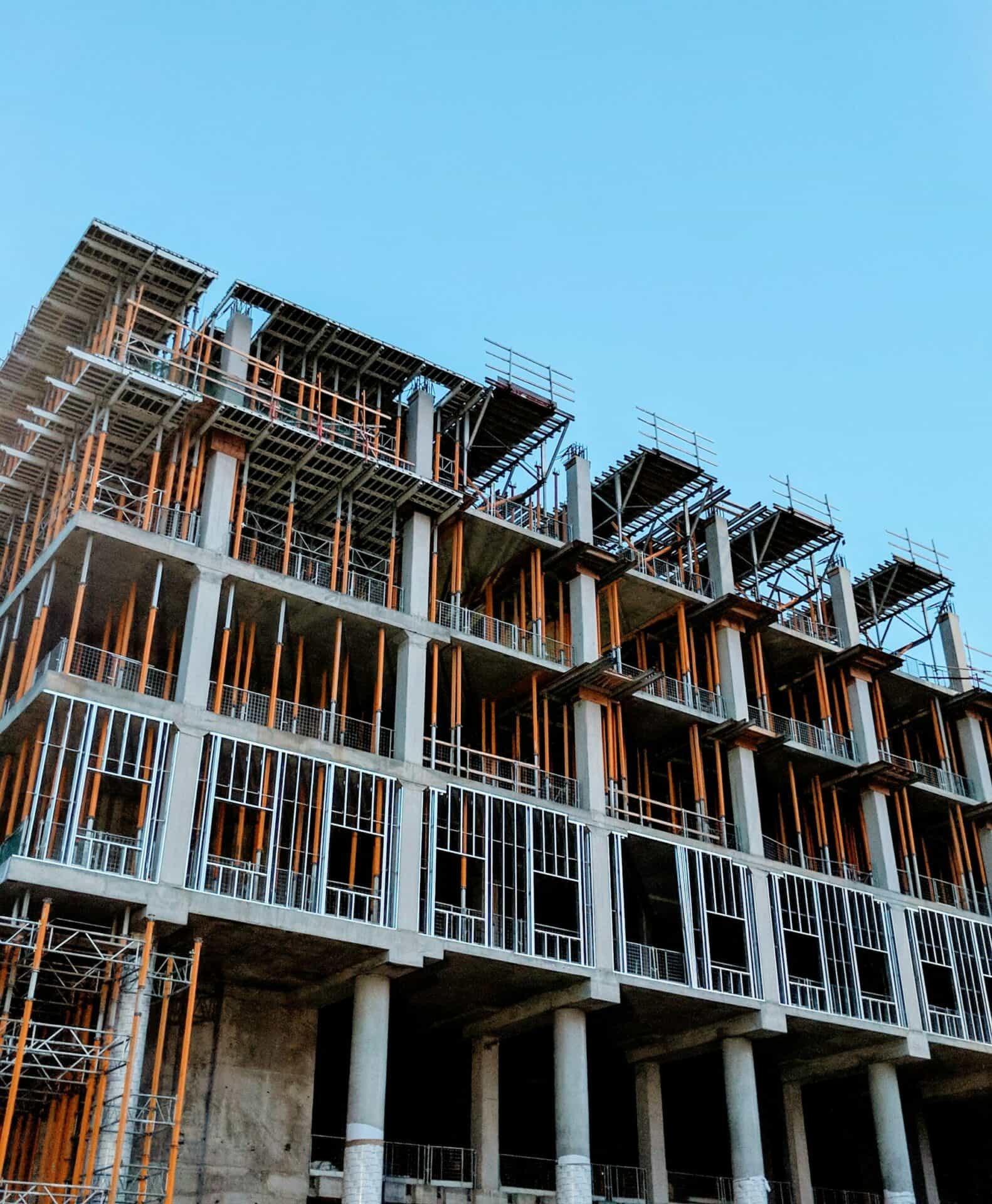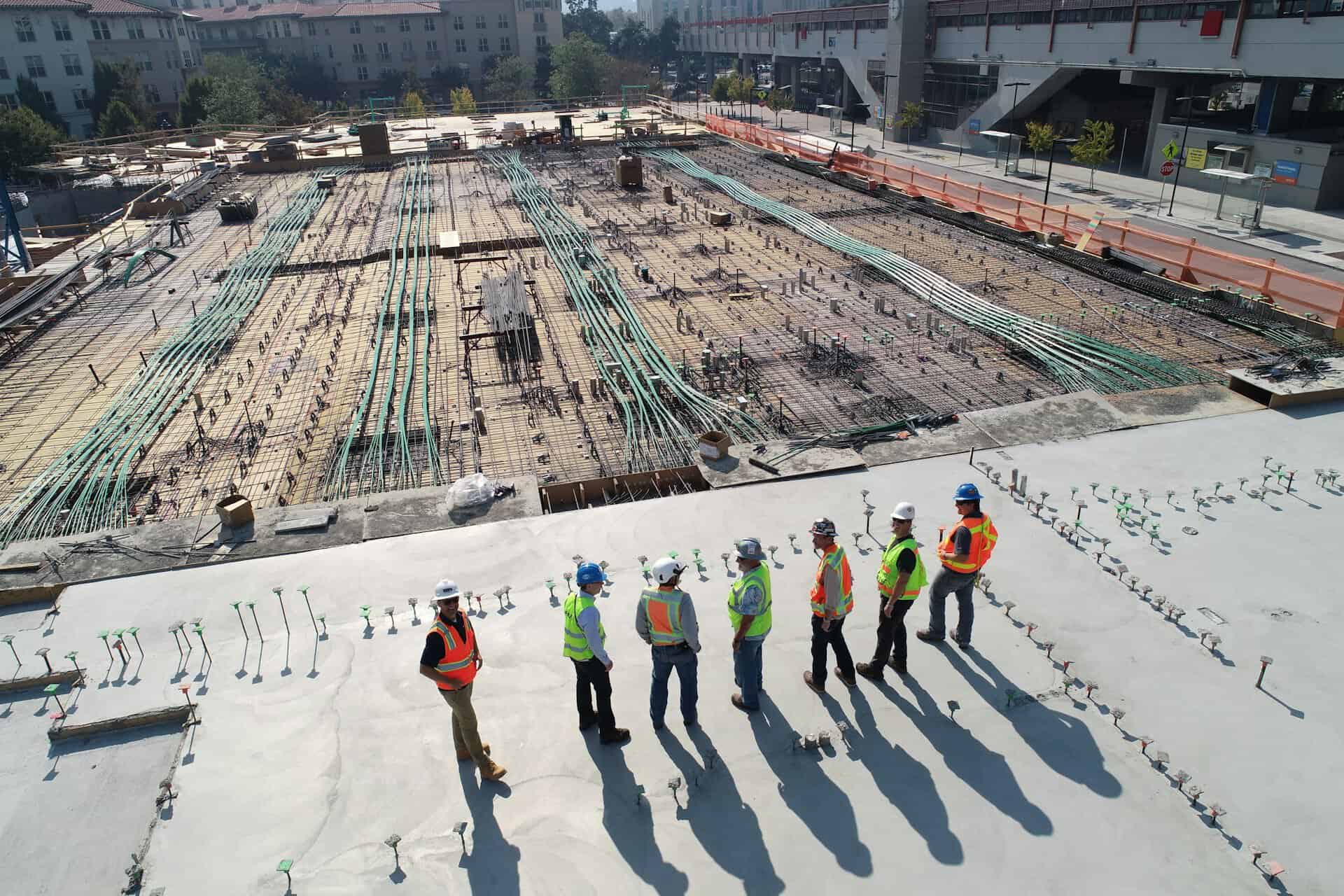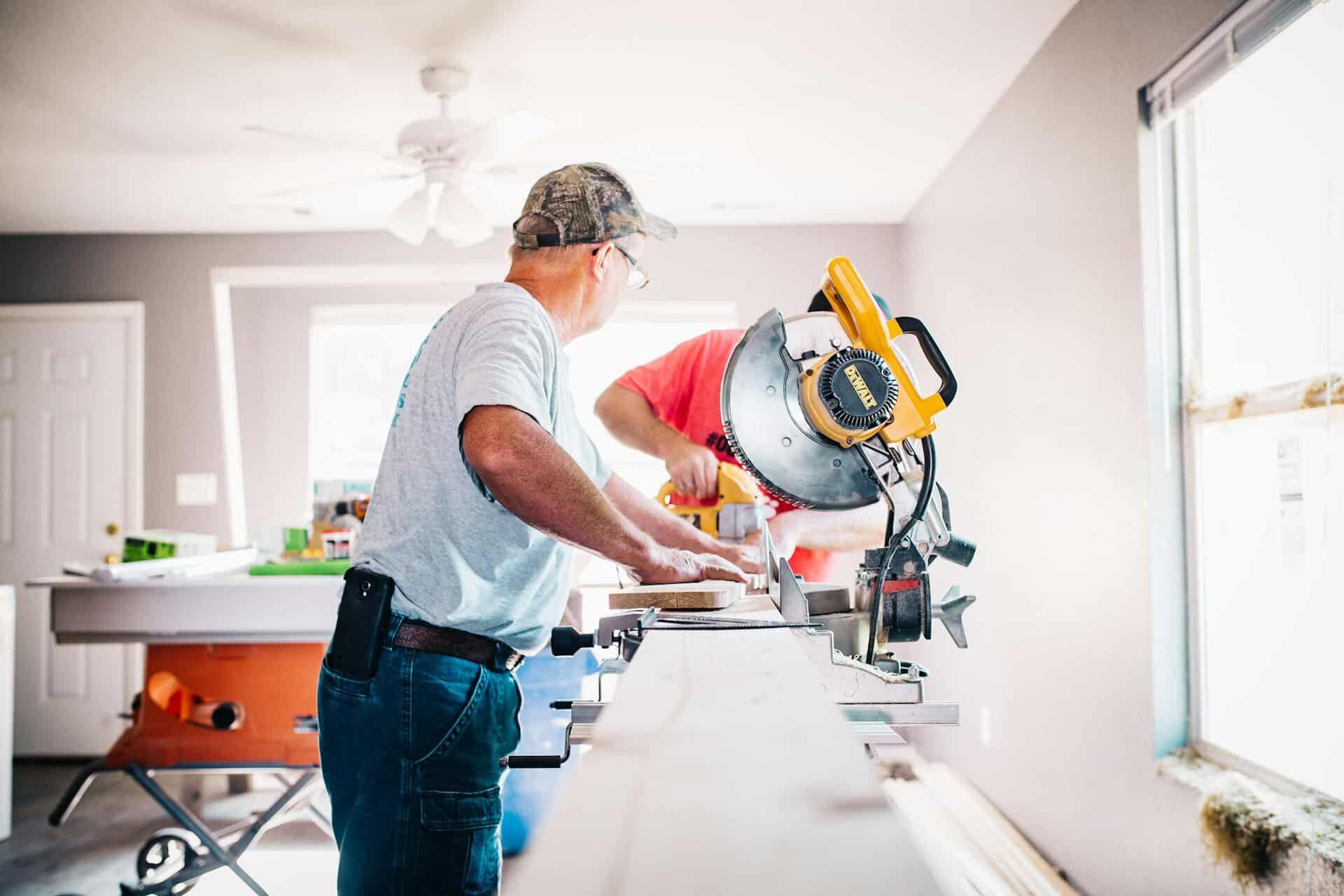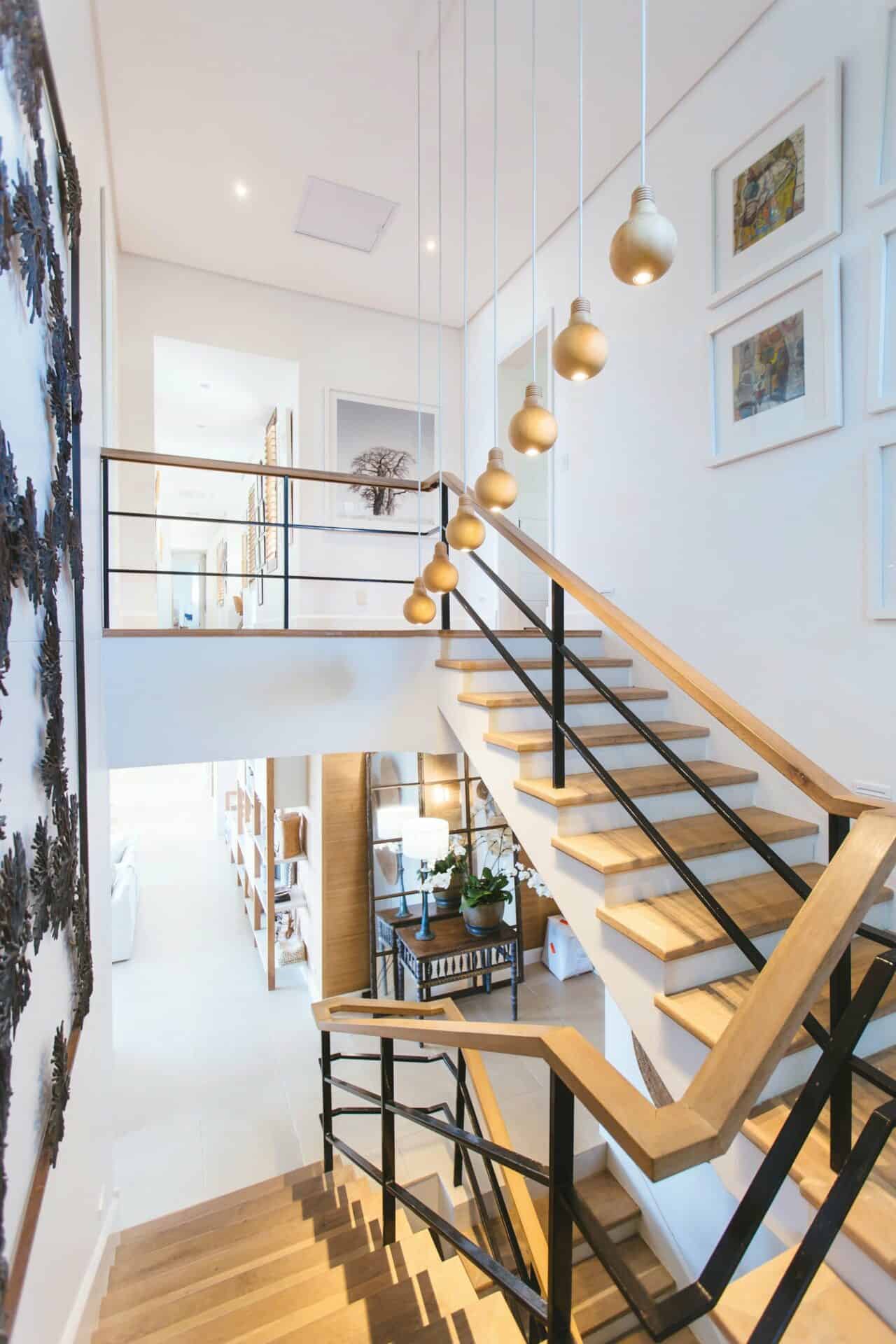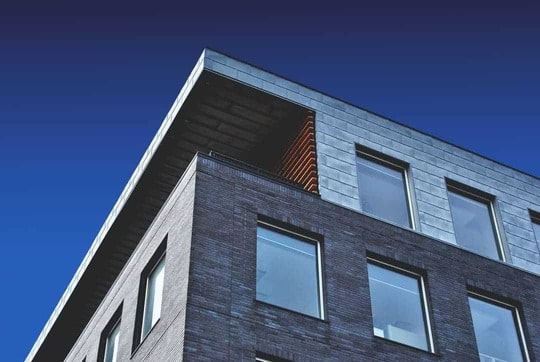For many Australians, owning their first home is a dream come true. But the fact remains that despite the milestone of buying a home, many need help to take the leap and purchase their second house – especially given the current property market.
The fear of not having enough savings and finances to cover another deposit prevents many from taking the plunge into home ownership again, especially if you might have to pay lenders mortgage insurance (LMI).
But what if you could purchase a second property without needing to save for another deposit?
The truth is, while saving up for another deposit may be one strategy to buy a second property, there are other tools available to help people take the leap without breaking their bank account.
Equity is one such tool.
Here’s everything you need to know on how to buy a second property with no deposit.
How Does Equity Work?
Equity is essentially the current value of your ownership of a property. In other words, it’s the difference between the value of the property and any debts or loans secured by the property, such as a home loan.
For example, if you own a house worth $600,000 and have a mortgage balance of $150,000, your equity in the property would be $450,000.
If you have built up a significant amount of equity in your home, you may be able to use that equity to purchase a new home or investment property without having to come up with a deposit out of pocket.
Lenders will typically allow you to borrow up to 80% of your property’s value before you have to pay Lender’s Mortgage Insurance. LMI is insurance that protects the lender in the event you default on the loan.
So, in the example above, you could access 80% of the property’s value of your home minus the amount you still owe on your existing home loan. In this example, 80% of $600,000 is $480,000. If you subtract the mortgage balance, the usable equity is $330,000.
Now, how can you access that $330,000?
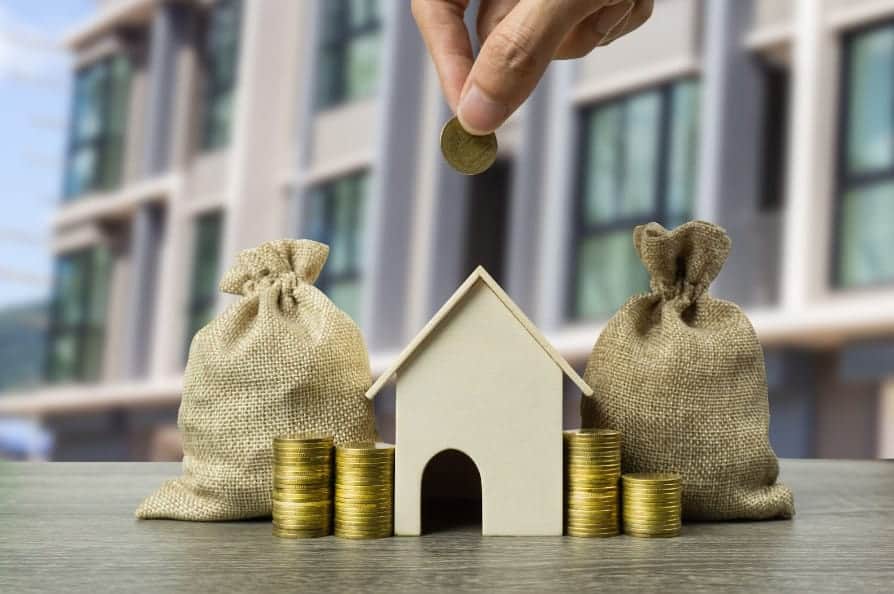
Accessing Your Equity to Use as a Deposit for an Investment Property
You can access a deposit to buy a second property by refinancing your existing home or topping up your current loan. Refinancing is when you take out a new home loan to pay off an old one, while topping up your existing home loan involves increasing the amount borrowed on your current mortgage.
To approve either of these, your lender will consider factors such as your income, expenditures, and credit history. They will also assess the property value and use this to decide how much equity you have available to access.
Once your lender grants you approval to access the property’s equity, this can be used as the deposit for purchasing a second property.
Using the above example, accessing the equity would look something like this:
| Amount | Notes | |
| Existing mortgage | $150,000 | Your existing property’s value is $600,000 |
| New property value (purchase price) | $820,000 | A 20% deposit would be $164,000 |
| Home Equity you can access | $330,000 | |
| Home equity loan (equity you chose to access) | $196,800 | A deposit of $164,000 plus an additional 20% ($32,800) to cover stamp duty and other purchasing costs |
| New loan amount | $656,000 | $820,000 minus $164,000 deposit that you were able to access in equity to cover the full purchase price. |
| Property portfolio value | $1,420,000 | $600,00 existing property plus $820,000 new property |
| Total home loans | $1,002,800 | $150,000 existing mortgage + $196,800 equity release+$656,000 new property loan |

Things to Consider Before Using Equity to Buy a Second Property
As with any new investment venture, there are a few things you need to consider before using the equity in your existing property to buy another one, including:
- Affordability: Before taking out a loan for a second property, you should assess your existing financial circumstances to determine whether you can realistically afford it. Ask yourself if you have enough equity, can pay interest and meet your monthly repayments on both loans without compromising your current lifestyle. You should also consider how long it would take to pay off the new loan and whether this fits your long-term financial goals.
- Tax implications of earning rental income: If you intend to use the second property as a rental property rather than a residence, you should be aware of the tax obligations that come with renting out or selling the property in the future. And when filing taxes, remember to claim any deductions available and include a depreciation schedule from a qualified quantity surveyor to maximise your return on investment when collecting rental income.
- Get professional advice: taking out extra loans and building a property portfolio can be complex, involving legal and financial considerations that you could easily overlook. So, you need to seek professional advice from an experienced mortgage broker, accountant and quantity surveyor before proceeding with your plans to ensure that you cover all your bases.
Related: Ultimate Guide on Investment Property Deductions
Key Takeaways
It might feel like it’s out of reach for many people to buy a second property and start collecting rental income because of the cost of paying off a mortgage and saving for a deposit. But if you know how to use the money you have built up in your current property, you can buy more properties without having to put down a deposit.
Tapping into your home’s current market value through equity can open doors to new investment opportunities that may have previously been out of reach.
But, you must carefully consider your financial situation and consult a financial professional before making any decisions or making a down payment.
If you’re ready to take the leap and invest in a second property, remember to get in touch with one of our quantity surveyors here at Duo Tax to organise a tax depreciation schedule to ensure that you’re maximising the return on your new investment property.

Ready to get started?
Talk to one of our friendly property experts to get a free quote or more Information.



